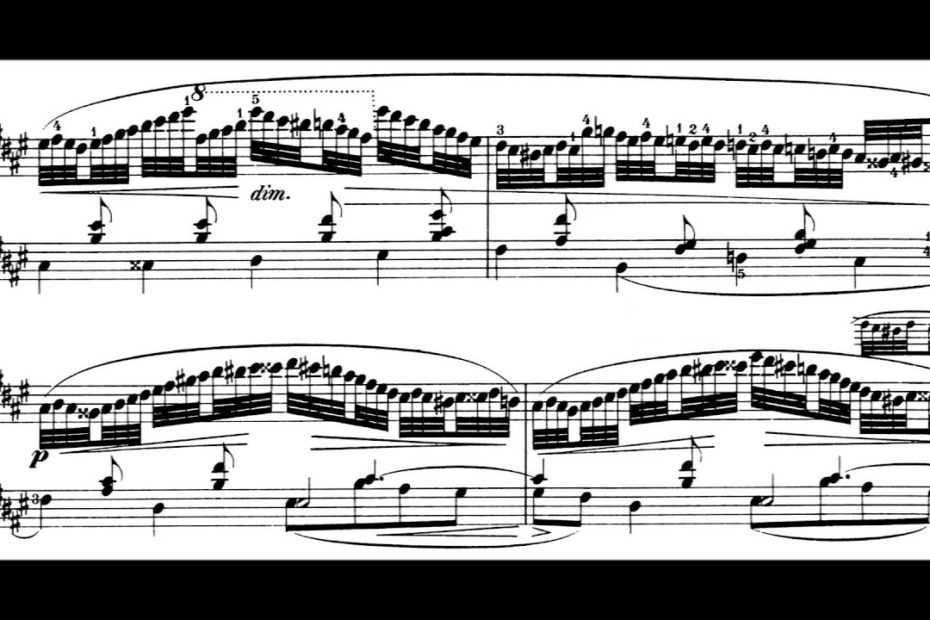A gorgeous performance of Chopin’s four impromptus. Kissin’s playing is warm and free (as befits the form), featuring generous rubato and a striking fondness for the “Russian Crescendo” — that is to say, emphasising a passage marked with a crescendo by doing the exact opposite and playing with a decrescendo (you’ll hear this usually used in the Rachmaninoff piano concerti). Kissin’s playing never becomes cavalier, however — the tempi are always moderate-to-slow, the voicing archly refined, and the melodic shape perfectly formed. It’s very hard to find this mixture of freedom and ruminative intensity in a performance.
Chopin’s impromptus all have a similar form: A B A + coda, with outer sections dominated by a sustained, heightened motion with a meandering melody stretched across very broad arches, whilst the middle section usually features a lyrical song in much slower motion. This is the reverse of the pattern found in Chopin’s nocturnes, and it’s actually perfectly plausible to see these pieces as inside-out nocturnes, as masterfully crafted as anything Chopin wrote.
00:00 — No.1 in A-flat Major. Light as foam and bright in colour, with two etudal outer sections framing a harmonically playful if sombre nocturne.
04:34 — No.2 in F-sharp Major. The most complex impromptu, featuring an uncannily capricious narrative structure. It begins with a surprising choral pasage that transitions via pearly chords into a sweeping heroic passage. This passage ends via one of the most bizarre and striking moduations Chopin ever produced [7:37], and then the main choral theme is subjected to some richly textured variations.
10:42 — No.3 in G-flat Major. A shining example of how Chopin could elevate even the most humble forms. Beautiful melodic lines in the outer sections, and an utterly inspired, perfectly crafted episode of polyrhythmic counterpoint for the middle section that somehow manages to sound completely free.
17:45 — No.4 in C-sharp Minor. Actually the first impromptu to be written, and published against Chopin’s express wishes after his death (with a unnecessary “fantaisie-” added to its title). Note how liberally this impromptu borrows from the Moonlight Sonata’s 3rd movement — the downward run at 17:57 is taken right out of the Moonlight’s cadenza, for instance, and the textures at the end of this impromptu are also very similar to that of the Moonlight.




